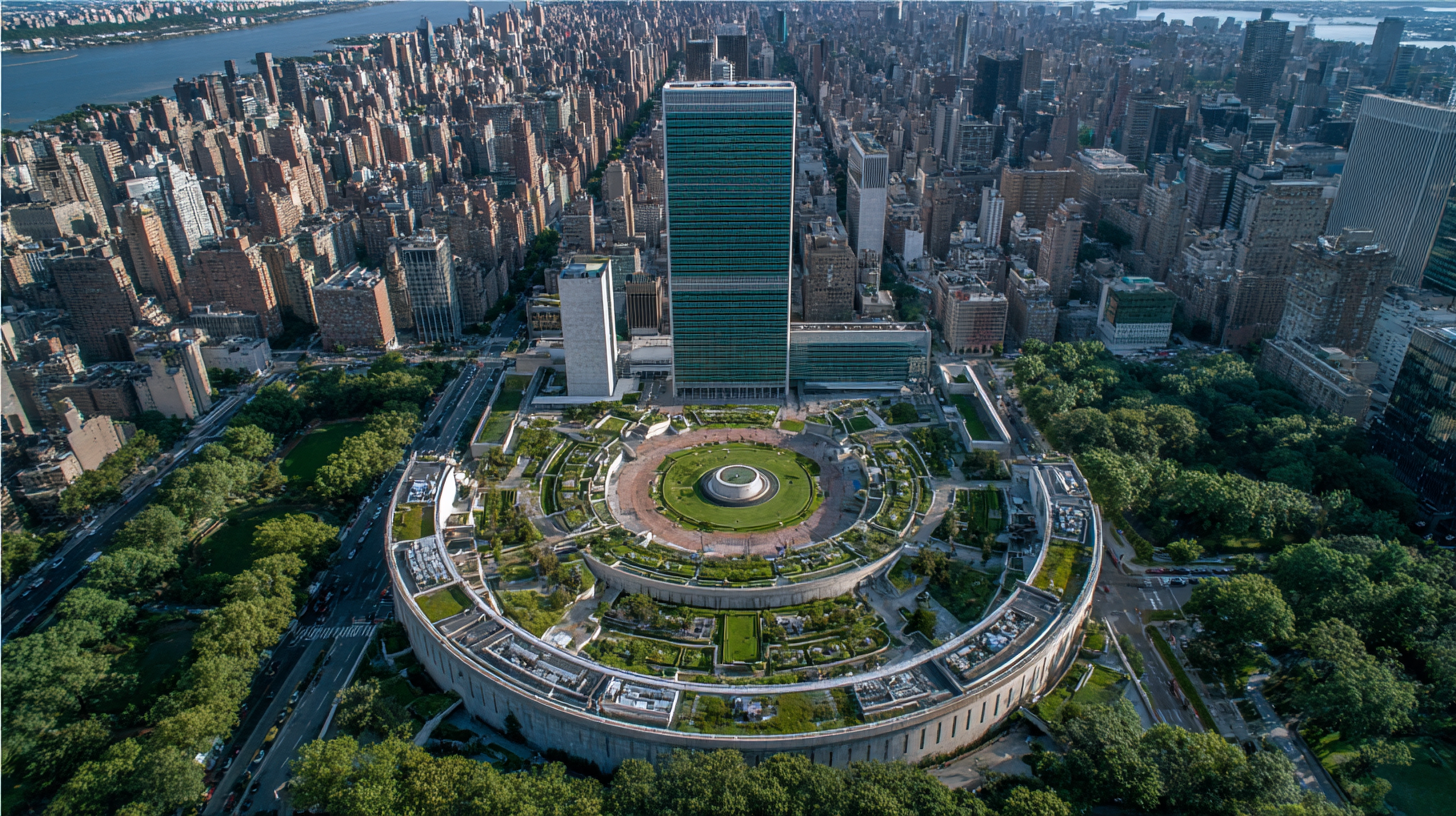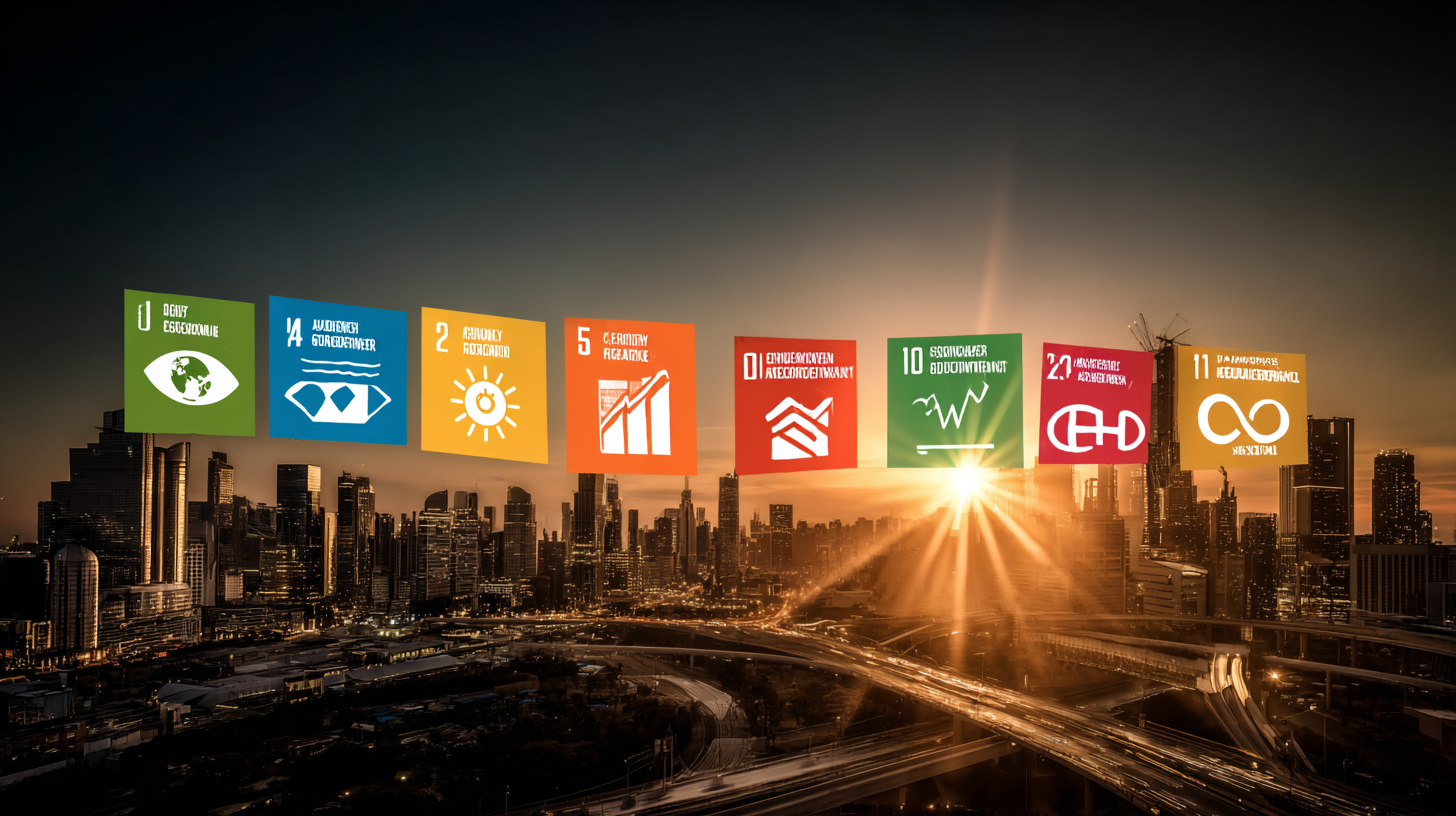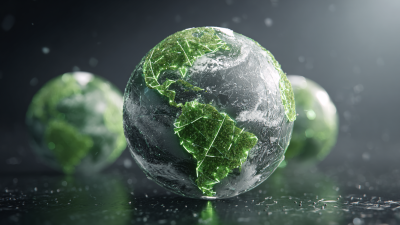As the world navigates the complexities of the 21st century, the Sustainable Development Goals (SDGs) established by the United Nations stand as a beacon for achieving a more equitable and sustainable future. With 193 countries committed to these 17 goals by 2030, significant strides have been made, particularly in areas such as poverty alleviation, clean water access, and gender equality. According to the 2023 Sustainable Development Goals Report, global extreme poverty rates fell from 10.1% in 2015 to 9.2% in 2022, highlighting the effectiveness of targeted interventions inspired by the SDGs.
Innovations around these goals have been crucial to their progress. A report by the World Economic Forum emphasizes that technology-driven solutions, including advancements in renewable energy and smart agriculture, have the potential to transform how nations approach sustainability. For instance, investments in renewable energy technologies have increased by 12% in the past year alone, signaling a robust commitment to Goal 7: Affordable and Clean Energy. As we look ahead to 2025, it is essential to recognize the top achievements and innovations that illustrate our collective efforts in advancing the Sustainable Development Goals, thereby fostering resilience and inclusivity across diverse sectors.

By 2025, the renewable energy sector has witnessed groundbreaking advancements that align with the Sustainable Development Goals (SDGs) and have revolutionized how we harness energy. According to a report by the International Renewable Energy Agency (IRENA), renewable energy capacity reached 3,000 GW globally in 2025, marking a 40% increase from 2020. Innovations in solar photovoltaic (PV) technology, such as bifacial panels and tandem cells, have significantly improved efficiency rates, pushing the average efficiency of commercial solar panels to over 23%.
Wind energy has also made remarkable strides, with the deployment of floating offshore wind farms becoming a game-changer. The Global Wind Energy Council (GWEC) states that floating wind installations accounted for over 15% of new capacity added in 2025, primarily driven by advancements in turbine design and energy storage solutions. These innovations not only contribute to reducing carbon emissions but also create sustainable jobs, with the sector projected to employ over 1.5 million individuals worldwide by 2025. This momentum demonstrates a pivotal shift toward a more sustainable energy landscape, crucial for achieving global emissions targets.
| Achievement | Description | Innovation Type | Impact (CO2 Reduction) | Year Implemented |
|---|---|---|---|---|
| Solar Nanotechnology | Development of nanomaterials to enhance solar panel efficiency. | Solar Energy | Estimated 500,000 tons | 2024 |
| Floating Wind Farms | Implementation of offshore wind farms on floating platforms. | Wind Energy | Estimated 1,000,000 tons | 2025 |
| Hydrogen Fuel Cells | Advancements in hydrogen production and fuel cells for energy storage. | Hydrogen Energy | Estimated 300,000 tons | 2023 |
| Smart Grids | Integration of renewable energy sources with smart grid technology. | Energy Management | Estimated 700,000 tons | 2022 |
| Biomass Energy Systems | Innovations in biomass conversion technologies for energy generation. | Biomass Energy | Estimated 200,000 tons | 2024 |
| Energy Storage Solutions | Advancements in lithium-ion and alternative battery technologies. | Energy Storage | Estimated 600,000 tons | 2025 |
| Wave Energy Converters | Production of sustainable energy using ocean waves. | Wave Energy | Estimated 400,000 tons | 2023 |
| Geothermal Systems | Enhanced geothermal energy extraction methods. | Geothermal Energy | Estimated 300,000 tons | 2024 |
| Carbon Capture Technology | Innovative methods for capturing carbon from industrial processes. | Carbon Management | Estimated 800,000 tons | 2025 |
Smart cities represent a transformative approach to sustainable urban development, harnessing technology to enhance the quality of life for residents while minimizing environmental impact. By integrating smart technologies, cities can optimize resource management, reduce energy consumption, and streamline transportation systems. Innovative solutions such as IoT (Internet of Things) sensors enable real-time data collection and analysis, allowing city planners to make informed decisions that lead to more efficient urban environments.
Furthermore, the adoption of renewable energy sources and smart grids is pivotal in driving sustainability in urban areas. Smart cities leverage advancements in AI and machine learning to predict energy demand and coordinate supply efficiently, thereby reducing reliance on fossil fuels. Automated waste management systems and smart water management techniques also contribute to a circular economy, minimizing waste and promoting the sustainable use of resources. As urban populations continue to rise, the development of smart cities will be essential in fostering resilient, adaptive communities that prioritize environmental stewardship and improve overall urban livability.

As we approach 2025, the integration of circular economy practices is proving to be a game changer in transforming waste into valuable resources. According to the Ellen MacArthur Foundation, transitioning to a circular economy could generate a global economic benefit of $4.5 trillion by 2030. This transition emphasizes designing out waste and pollution while keeping products and materials in use, diverging from traditional linear models of production and consumption.
One notable innovation in this realm is the advancement of waste-to-resource technologies, such as anaerobic digestion and advanced recycling processes. A report by McKinsey & Company highlights that effective implementation of these technologies could reduce global greenhouse gas emissions by up to 1.5 gigatons annually by 2030. Additionally, businesses and municipalities embracing circular practices are not only mitigating environmental impacts but also realizing financial savings; for instance, companies that adopt circular economy strategies report improving their resource efficiency by 30-50%. These initiatives pave the way for a sustainable future, making it clear that the principles of circularity are vital for achieving key Sustainable Development Goals by 2025.

Innovative water management solutions have become crucial in achieving sustainable development goals, particularly as the world faces increasing water scarcity and climate challenges. Advanced technologies, such as smart irrigation systems and precision water usage techniques, allow for more efficient consumption, ensuring that water resources are conserved while still meeting agricultural demands. These innovative methods not only aid in the optimization of water usage but also reduce waste, thereby contributing to the overall goal of sustainable resource management.
In addition to technology-driven approaches, community-based initiatives play a significant role in promoting water conservation. Local governments and organizations are increasingly implementing educational programs that encourage individuals to adopt sustainable practices, such as rainwater harvesting and wastewater recycling. These grassroots movements empower communities to take action in preserving their water resources and enhance resilience against unforeseen environmental pressures. By combining technology with community engagement, the drive towards achieving equitable access to clean water becomes more feasible, paving the way for a sustainable future.
Inclusive education initiatives play a crucial role in elevating marginalized communities through learning, ensuring that every child has access to quality education. In recent discussions, experts have highlighted the transformative potential of artificial intelligence in enhancing educational opportunities for underrepresented groups. By leveraging AI in collaboration with governments and civil societies, there is an opportunity to tailor learning experiences that meet the diverse needs of all learners, effectively bridging the educational divide.
Moreover, addressing environmental justice through inclusive science education is imperative as marginalized communities often face the brunt of climate change impacts. Implementing educational programs that emphasize environmental awareness while being accessible to these communities fosters a sense of agency and empowerment among learners. Additionally, with the rise of online education, flexible and engaging learning formats can help dismantle barriers, making education more reachable for those who traditionally face obstacles in accessing quality learning experiences. Together, these strategies can create a comprehensive framework for fostering educational equity and inclusion in the pursuit of sustainable development goals.






